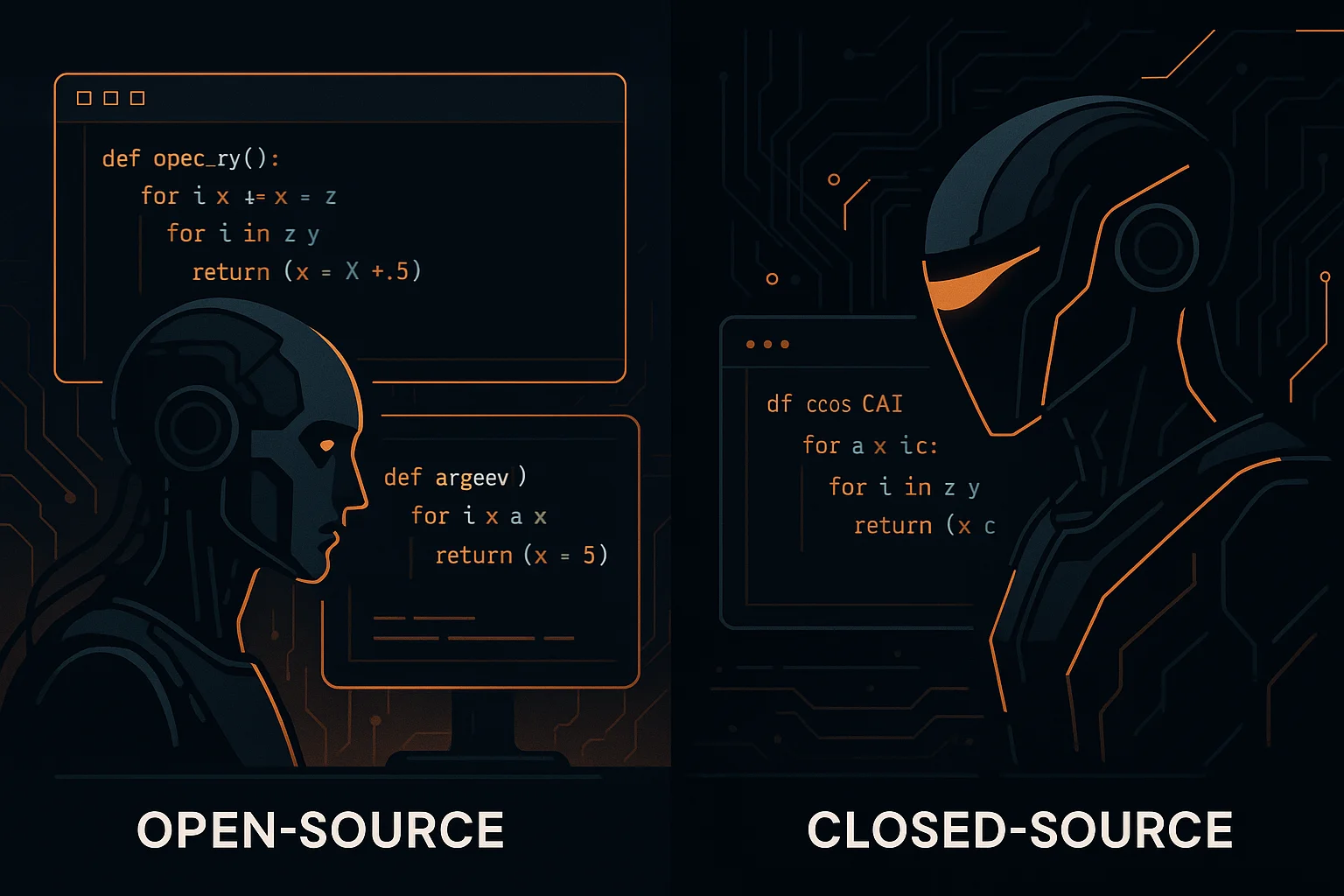Pair Programming vs Code Review: When to Use Each Approach

Teams often debate whether to pair program or rely on asynchronous code review. Both techniques are valuable, but they shine in different scenarios. Use this guide to choose the right collaboration mode based on risk, ambiguity, and team goals.
Quick Comparison
Pair Programming
- Real-time collaboration, shared context.
- Great for complex design or onboarding.
- Higher immediate time investment.
- Less historical record of decision debates.
Code Review
- Asynchronous, fits distributed teams.
- Creates documented rationale for future readers.
- Easier to gather multiple viewpoints.
- Risk of delays if queues grow.
When to Prefer Pair Programming
- High ambiguity work: Emerging features, unfamiliar frameworks, or explorations benefit from synchronous brainstorming.
- Onboarding and mentoring: New hires ramp faster when they see how senior engineers reason through architecture (see our mentoring guide).
- Incident response: During active outages you need real-time decision making and rapid iteration, not asynchronous feedback loops.
Research from the University of Utah found that pair programming improves design quality and knowledge transfer in complex tasks despite higher immediate cost (Williams et al.). Use it for work where context sharing outweighs throughput concerns.
When to Prefer Asynchronous Code Review
- Routine feature work where patterns are established.
- Cross-team changes requiring approvals from multiple stakeholders.
- Regulated environments that need an audit trail of feedback and decisions.
- Distributed teams operating across time zones (reinforced in our async review guide).
Hybrid Patterns
Many teams blend both techniques:
- Pair on the first slice of a feature, then maintain async reviews for follow-up work.
- Kick off large refactors with a pairing design session before merging into review flow.
- Use pair programming to resolve review stalemates quickly.
Operational Tips
Pair Programming
- Rotate driver and navigator roles every 20 minutes.
- Capture decisions in the PR description afterward for traceability.
- Record lessons learned to share with the broader team.
Code Review
- Set SLAs for time to first comment and resolution.
- Encourage reviewers to summarize findings in one final comment.
- Apply the soft skill frameworks from our feedback playbook.
Choose collaboration modes intentionally. Pair programming accelerates learning and complex design, while asynchronous review ensures scalability, documentation, and breadth of input. Master both and your team can adapt to any product challenge.
Transform Your Code Review Process
Experience the power of AI-driven code review with Propel. Catch more bugs, ship faster, and build better software.

